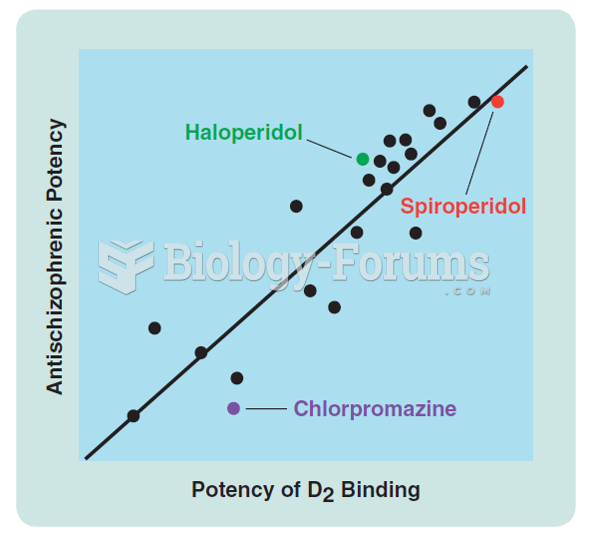|
|
|
According to the Migraine Research Foundation, migraines are the third most prevalent illness in the world. Women are most affected (18%), followed by children of both sexes (10%), and men (6%).
The types of cancer that alpha interferons are used to treat include hairy cell leukemia, melanoma, follicular non-Hodgkin's lymphoma, and AIDS-related Kaposi's sarcoma.
The first oncogene was discovered in 1970 and was termed SRC (pronounced "SARK").
The effects of organophosphate poisoning are referred to by using the abbreviations “SLUD” or “SLUDGE,” It stands for: salivation, lacrimation, urination, defecation, GI upset, and emesis.
More than nineteen million Americans carry the factor V gene that causes blood clots, pulmonary embolism, and heart disease.
 Ethnographic studies of the Baka pygmies of central Cameroon, and other people who still live as ...
Ethnographic studies of the Baka pygmies of central Cameroon, and other people who still live as ...
 A partial stream sampling exhaust probe being used to measure exhaust gases in parts per million ...
A partial stream sampling exhaust probe being used to measure exhaust gases in parts per million ...





